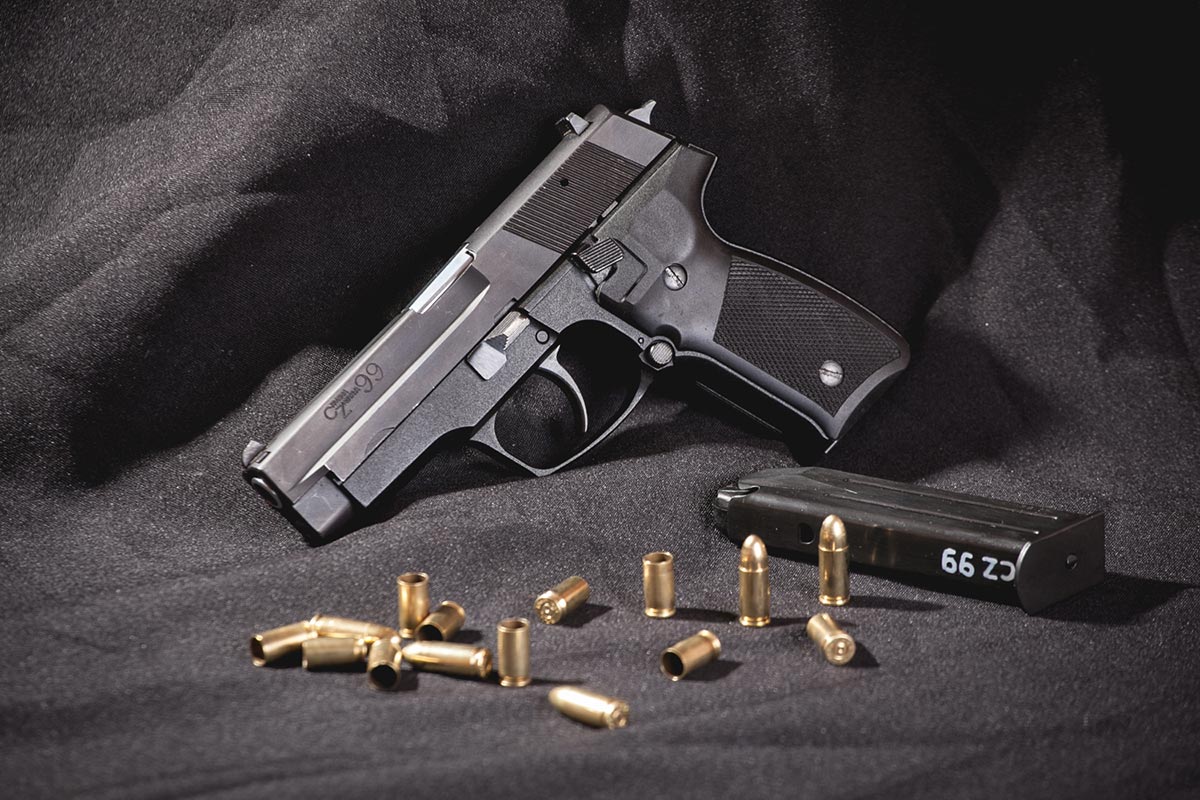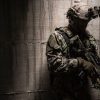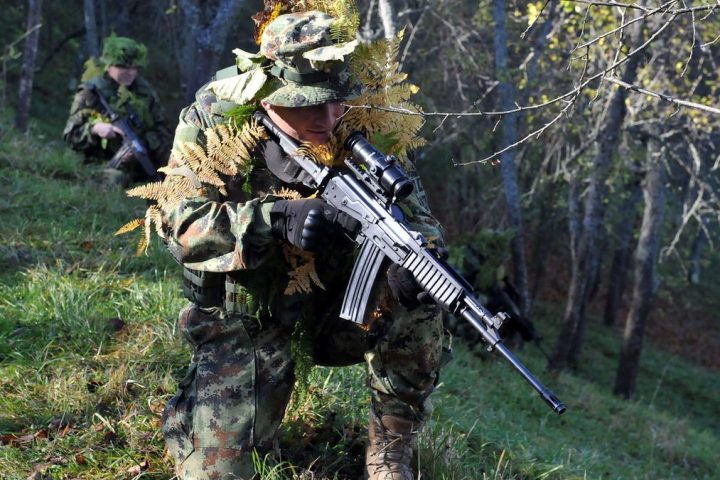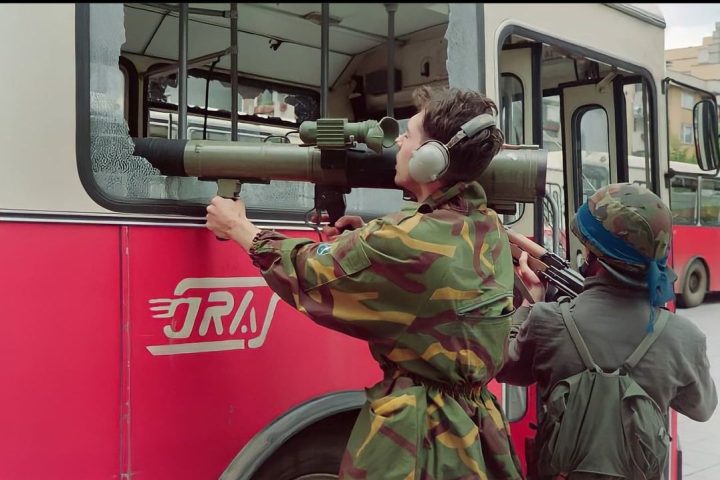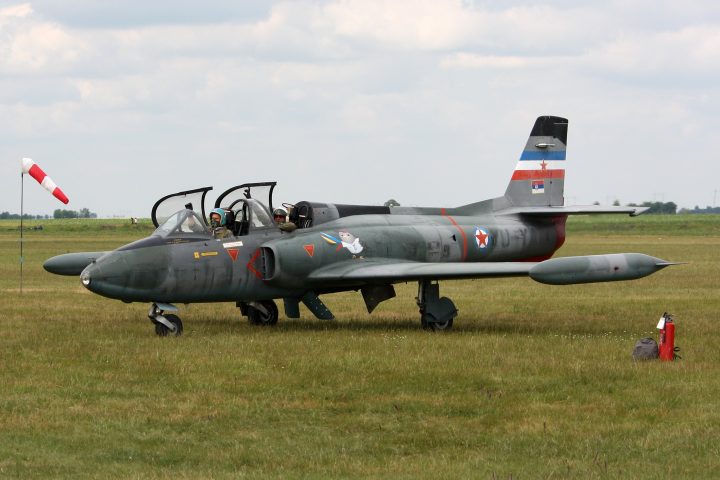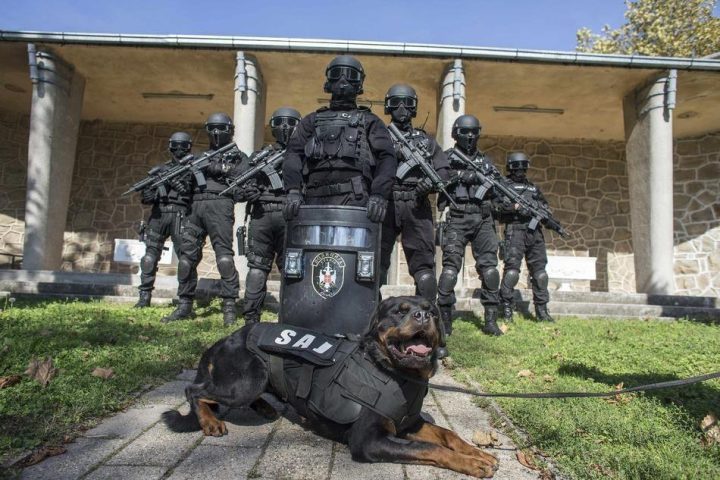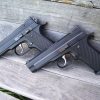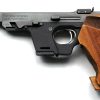The Zastava CZ 99 is a semi-automatic pistol manufactured by Zastava Arms. It is primarily available in 9mm, but there are also versions chambered in .40 s&W and .45 ACP. Developed in 1989 by Božidar Blagojević in the former Yugoslavia, the CZ 99 was intended to replace the older Zastava M57 pistol in use by the Yugoslav police and army.
Introduction
In 1989, the national manufacturer Zastava Arms was tasked with developing a new pistol system that met current technological standards. The goal was to create a simple, high-capacity, and reliable weapon for use in the Yugoslavian Army.
To meet this challenge, the designers turned to the well-known Swiss SIG P226 model as a starting point. Within a short time, they developed the CZ 99 system, which entered serial production in 1991. It was quickly adopted as the standard service pistol for Yugoslavian Army.
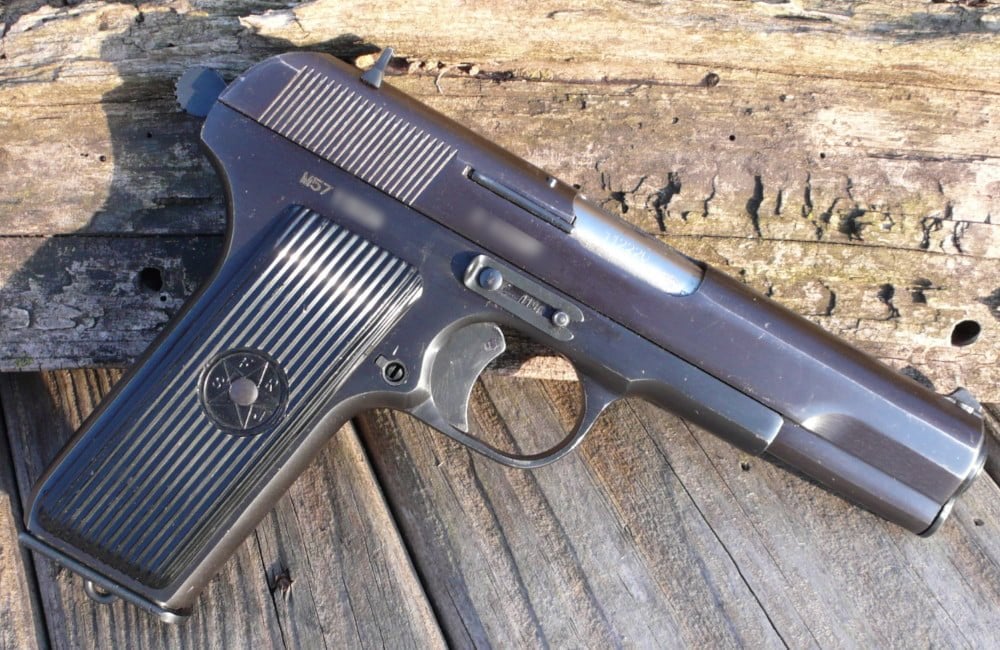
Design
The CZ 99 system is a semi-automatic pistol that utilizes a short barrel recoil and an oscillating barrel locking system. The rear portion of the barrel is widened. It fits flush with the top of the slide, allowing for a more straightforward, more cost-effective construction and a flat gun cover that facilitates aiming and enhances situational awareness. The trigger mechanism can be either double or single action (DA/SA), and the CZ 99 is designed to destroy human targets at close range (up to 50 meters) with optimal performance at distances of up to 30 meters.
The magazine of the CZ 99 is made of aluminum alloy, though its handle design has received criticism from users for its width. However, the weapon’s basic controls are conveniently placed on both sides, making it suitable for left-handed shooters. The buttons for releasing the magazine are circular and located at the junction of the trigger guard and handle, easily accessible thanks to their well-profiled design. On the top of the magazine above the handle are levers for the slide stop, which also lowers the striker.
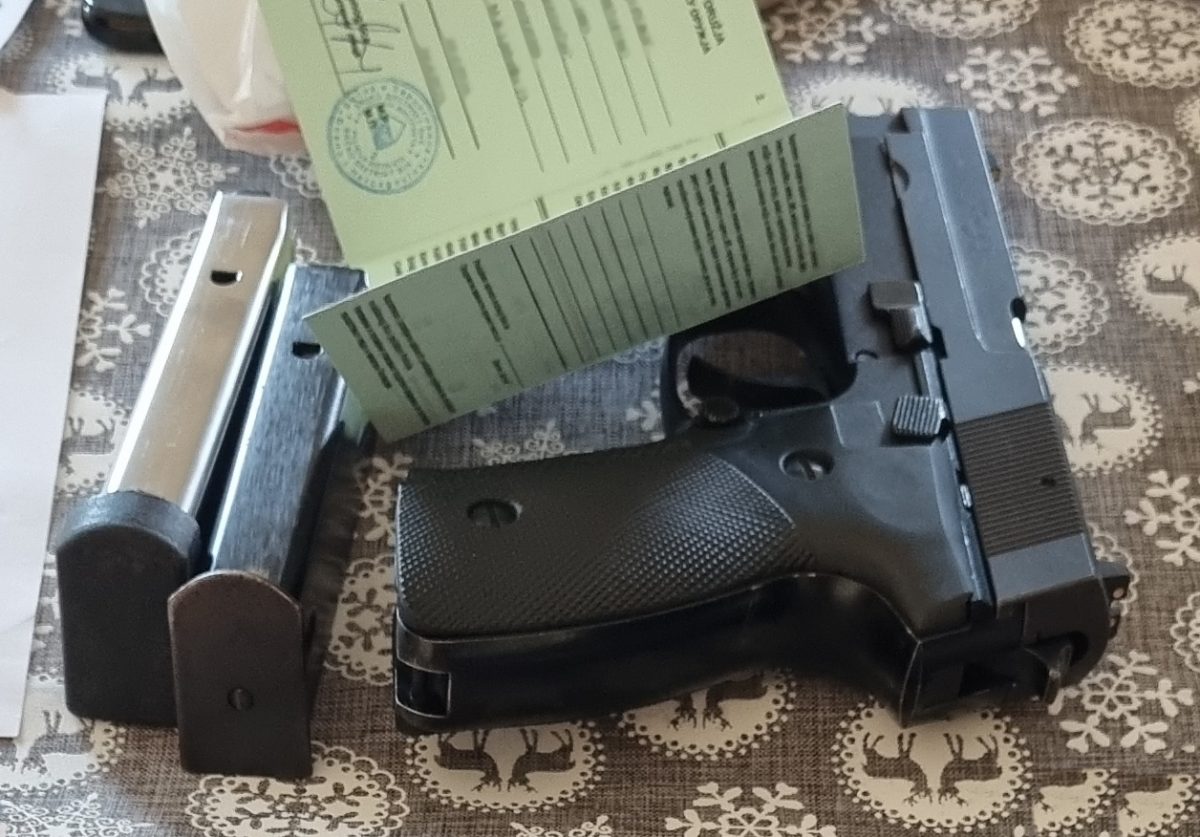
The bullet-in-the-barrel indicators are located on both sides in the form of protruding needles that indicate when a bullet is chambered. These indicators are placed so that the trigger finger can easily access them. On the left side of the frame, in front of the indicator, there is a lever for releasing the slide, allowing it to be easily removed from the frame by lowering it.
I can’t believe it. I understand that production standards and market requirements were different at the end of the 20th century, but it’s hard for me to comprehend that a system with these characteristics is still in official use today, except possibly for training purposes. That just seems basic to me.
Operator
The trigger guard on the CZ 99 is spacious and does not obstruct access to the trigger, even when the shooter is wearing gloves. However, the construction of the trigger itself is not optimized, resulting in a long stroke. Despite the subpar quality of the mechanical parts, the trigger is still not smooth or precise.
The slide of the system is square-shaped and made of high-quality steel. Its back side is cut on both sides with oblique, parallel notches that provide a secure grip for the shooter during follow-up shots. The mechanical sights are square and well-designed, with an optimal height that meets combat standards and minimizes the risk of getting caught on clothing or equipment. As part of the standard package, customers receive sights with white dots, and tritium tube models can be delivered upon request. The back side of the slide features an opening from which the striker protrudes, though its end is not optimally sized and can be challenging to pull.
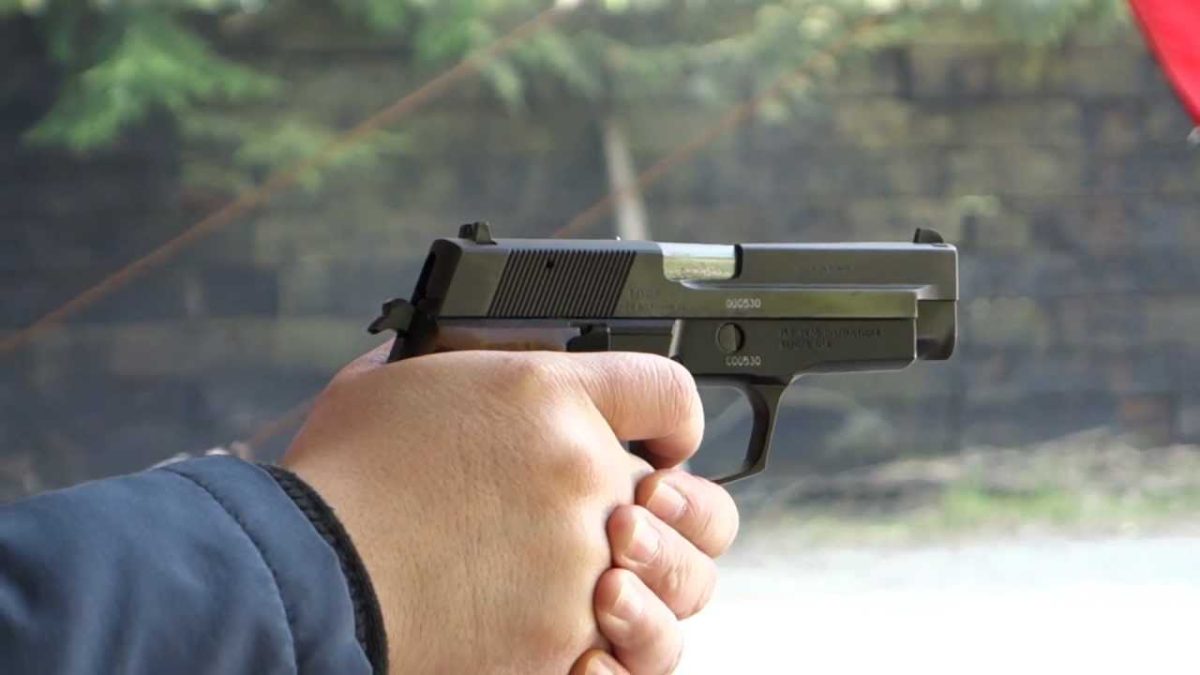
The weapon’s barrel is steel and internally chrome-plated for increased durability and resistance to extreme weather and off-road conditions. It is made of the same material as the barrel used in the Zastava M84 machine gun. It is hard-forged and chrome-plated, and tests conducted in the USA in 1991-1992 showed that it dissipates heat easily.
While this may not be as important for a pistol as a machine gun, the efficient heat dissipation means that the barrel spends less time going through the contraction/expansion process, which can extend its lifespan. It is grooved six times to the right. The CZ 99 is easy to disassemble and maintain.
The magazines are two-row, box-shaped, and made of aluminum, with 10 or 15 bullets capacity. Holes on the back indicate the presence of 5, 10, or 15 bullets in the magazine. The phosphating process protects all external parts of the system, while steel parts are also covered by burnishing.
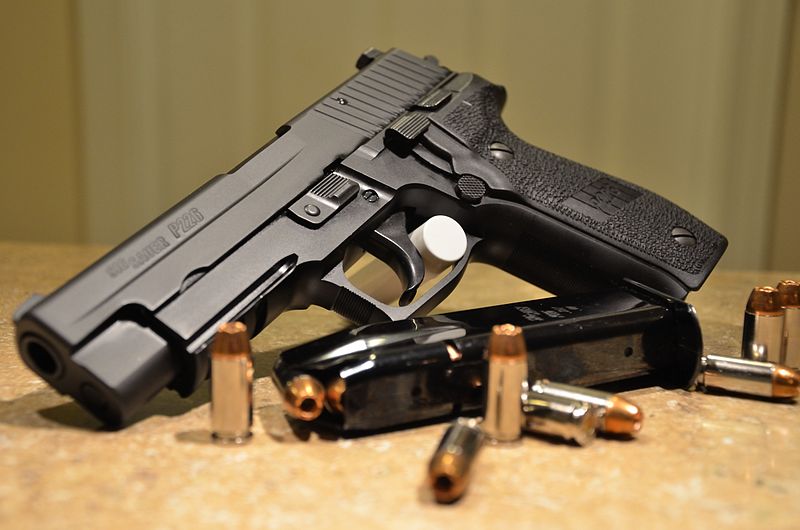
Variants
CZ 999
The CZ 99 model was initially developed to use 9x19mm Parabellum ammunition, but a version chambered in .40 S&W was later created for the foreign market. Many of these pistols were exported to the USA in 1990.
CZ 999 Scorpio
Over time, newer versions of the CZ 999 model, known as the CZ 999 Scorpion, were developed. Both versions are referred to as the ZDA 9mm in the US.
CZ 05
The CZ 05, which entered mass production in 2007, represents the fourth generation of pistols in the CZ 99 family. It is essentially a CZ 999 model with Picatinny rails and built-in indicators that show the presence of a bullet in the barrel and the last three bullets in the magazine. The latest CZ 05 model was exported to the USA by EAA Corp under the name Zastava EZ and is available in 9x19mm Parabellum, .40 S&W, and .45 ACP.
Technical specifications
| Country of origin: | Yugoslavia |
| Manufacturer: | Zastava Arms |
| Entered service: | 1991 |
| Caliber: | 9 mm, .45 ACP, .40 S&W |
| Weight: | 870 grams |
| Length: | 190 mm |
| Barrel length: | 108 mm |
| Magazine capacity | 10-12 rounds for .40 S&W and 15 rounds for 9 mm |
| Range of effective fire | 50 m |
